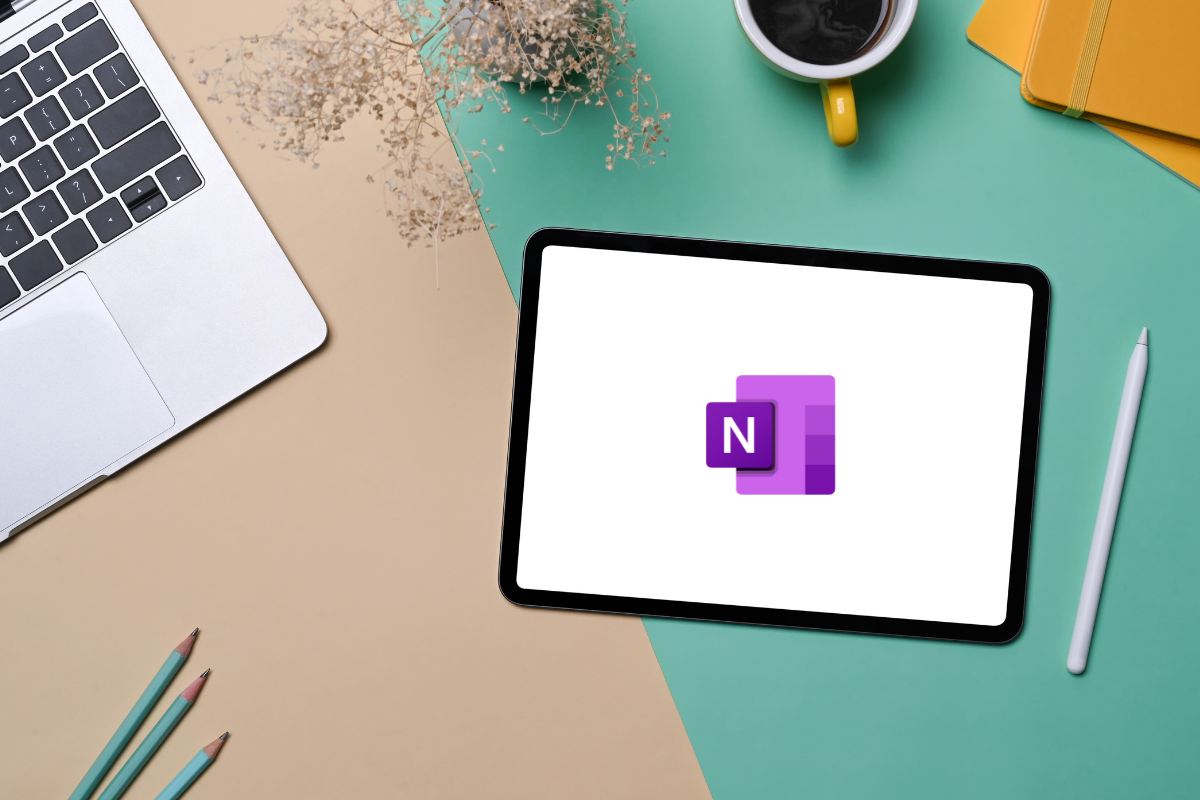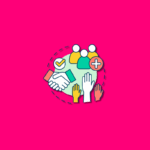Over my years navigating the Microsoft 365 landscape, OneNote has consistently been one of those applications that sparks a “why aren’t more people using this?” reaction in me, especially within the business world. It’s a digital notebook with incredible versatility, and while it’s become a staple in the education sector – I’ve seen firsthand how students and educators leverage it for everything from lecture notes to collaborative projects – its potential for boosting productivity and organisation in businesses often remains surprisingly untapped. If you’re new to OneNote or just beginning to explore its capabilities, understanding its core purpose and features is the first step to unlocking a powerful tool for personal and team productivity.
This guide will clearly explain what Microsoft OneNote is all about, why it’s an essential tool for capturing and organising information (both in education and business), its key features you’ll use regularly, and a straightforward path to get you taking, organising, and sharing your notes effectively.
What Exactly Is Microsoft OneNote For?
At its core, Microsoft OneNote is a digital note-taking application that provides a flexible canvas for capturing and organising all sorts of information. Think of it as your limitless digital binder, where you can combine text, images, handwritten notes, web clippings, audio recordings, and more, all within a structured yet adaptable environment. Specifically, OneNote enables you to:
- Capture Information in Multiple Ways: Type notes, handwrite with a stylus, record audio, embed videos, insert documents, and clip content directly from the web. I’ve used it to jot down quick ideas during meetings, sketch out diagrams, and even record voice memos for later transcription.
- Organise Your Thoughts and Information: Structure your notes into notebooks, sections, and pages, allowing for a logical and hierarchical organisation of your ideas and data. This makes it easy to find what you need, when you need it. I typically create a notebook for each major project or area of responsibility.
- Collaborate in Real-Time: Share your notebooks with colleagues or classmates and allow them to view and edit notes simultaneously, fostering seamless teamwork on shared information. I’ve seen study groups and project teams use shared OneNote notebooks to brainstorm ideas and compile research together.
- Access Your Notes Anywhere: Your notebooks are stored in the cloud, allowing you to access them from virtually any device – your computer, tablet, or smartphone – ensuring your information is always at your fingertips. This is particularly useful for students moving between classes or professionals working across different locations.
- Search Your Content: OneNote’s powerful search functionality allows you to quickly find specific information within your notebooks, even within images or handwritten notes (thanks to Optical Character Recognition). This saves countless hours of sifting through pages.
Whether you’re a student taking lecture notes, a teacher organising lesson plans, or a business professional managing projects and ideas, OneNote offers a versatile platform for capturing and managing information effectively. While its adoption in education is widespread, its potential to streamline workflows and enhance personal organisation in the business world is often surprisingly underutilised.
Why Should You Embrace Microsoft OneNote?
Having used OneNote extensively across various contexts, its benefits are clear:
- Versatile Information Capture: The ability to integrate different types of content into a single note makes it incredibly adaptable to various needs, from simple text notes to rich multimedia records.
- Flexible Organisation: The notebook, section, and page structure allows for a highly customisable organisation system that can adapt to your unique way of thinking and working.
- Seamless Collaboration: Real-time co-editing makes it a powerful tool for team projects, shared meeting minutes, and collaborative brainstorming.
- Cross-Device Accessibility: Having your notes available on all your devices ensures you can access and update information wherever you are. You can also access your notebooks directly from OneDrive.
- Powerful Search: The ability to search across all your notes, including within images and audio, saves significant time and effort in finding specific information.
Key Building Blocks of Microsoft OneNote
To get started effectively with Microsoft OneNote, it’s helpful to understand these fundamental components:
Notebooks: The highest level of organisation, like physical binders, used to group related sections and pages. You can have multiple notebooks for different subjects, projects, or areas of your life.
Sections: Divisions within a notebook, often represented by coloured tabs, used to further organise pages by topic or category.
Pages: The individual canvases within a section where you create and store your notes and content. Pages are flexible and can expand as needed.
Containers: The movable frames on a page that hold your content (text, images, etc.). You can position these containers anywhere on the page, offering a free-form layout.
Tags: Keywords or icons you can apply to notes to categorise them, mark them as important, or create to-do lists. Tags make it easier to find specific types of information later.
A Beginner’s Path to OneNote Proficiency
Here’s a straightforward learning path to help you get comfortable and productive with Microsoft OneNote:
- Understand the Basics: Familiarise yourself with the OneNote interface. Learn how to create and navigate between notebooks, sections, and pages. Understand its core purpose: a digital notebook for capturing and organising information.
- Create and Organise Notebooks, Sections, and Pages:
- Create New Notebooks: Learn how to create notebooks for different subjects or projects.
- Add Sections: Understand how to add and name sections within your notebooks to further organise your content.
- Create and Manage Pages: Learn how to add new pages within sections and how to title and organise them.
- Master Note-Taking:
- Typing Notes: Start taking typed notes on a page. Experiment with formatting options like headings, bullet points, and highlighting.
- Handwriting and Drawing: If you have a touch-enabled device, explore using a stylus to write or draw directly on a page.
- Inserting Content: Learn how to insert images, files (as attachments or printouts), audio recordings, and web clippings into your notes.
- Utilise Tags: Explore the available tags (like “To Do,” “Important,” “Question”) and learn how to apply them to your notes. Try creating custom tags for your specific needs.
- Share and Collaborate:
- Share Notebooks: Learn how to share entire notebooks with others, granting them viewing or editing permissions.
- Collaborate in Real-Time: Experience co-editing notes simultaneously with others in a shared notebook.
- Search Effectively: Practice using the search function to find specific keywords or tags within your notebooks.
By following these steps and actively using OneNote for your note-taking and information management needs, you’ll quickly become proficient in leveraging its versatile capabilities. Whether you’re a student aiming for better study habits or a business professional seeking enhanced personal organisation, OneNote is a tool worth mastering. Its widespread use in education highlights its power, and I encourage more business professionals to explore its surprisingly untapped potential for boosting productivity and collaboration.
Your Journey to Digital Organisation Starts Now: Embrace Microsoft OneNote!
Microsoft OneNote offers a flexible and powerful digital space to capture, organise, and share your thoughts and information. Its ability to handle various types of content and its seamless collaboration features make it an invaluable tool for both individual productivity and team projects. While it has become a cornerstone in the education sector, its potential to streamline workflows and enhance personal organisation in the business world is immense and often overlooked.
Don’t let its apparent simplicity deceive you – OneNote is a robust application that can adapt to a wide range of needs. Start by creating a notebook for your current projects or ideas and explore the intuitive features it offers.
Ready to unlock a more organised and productive way of working? Begin exploring Microsoft OneNote today! Search for “OneNote beginner tutorial,” “organising notes in OneNote,” “collaborating with OneNote,” and “OneNote for business productivity” to find more detailed guides and videos to support your learning journey. Embrace the power of your digital notebook and experience a new level of clarity and efficiency in managing your information. You might just find it becomes one of your most indispensable tools, just as it has for so many in the education sector.















